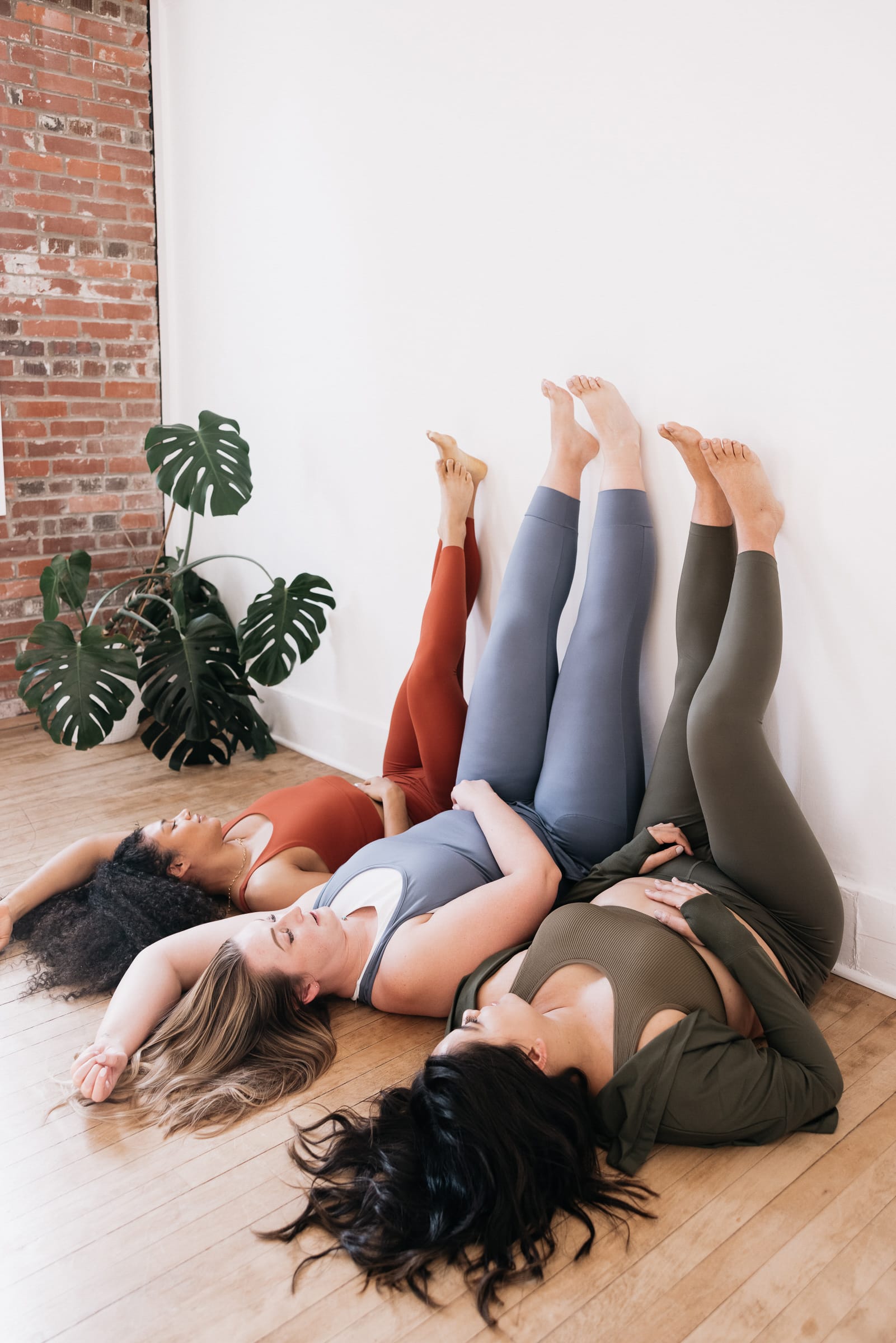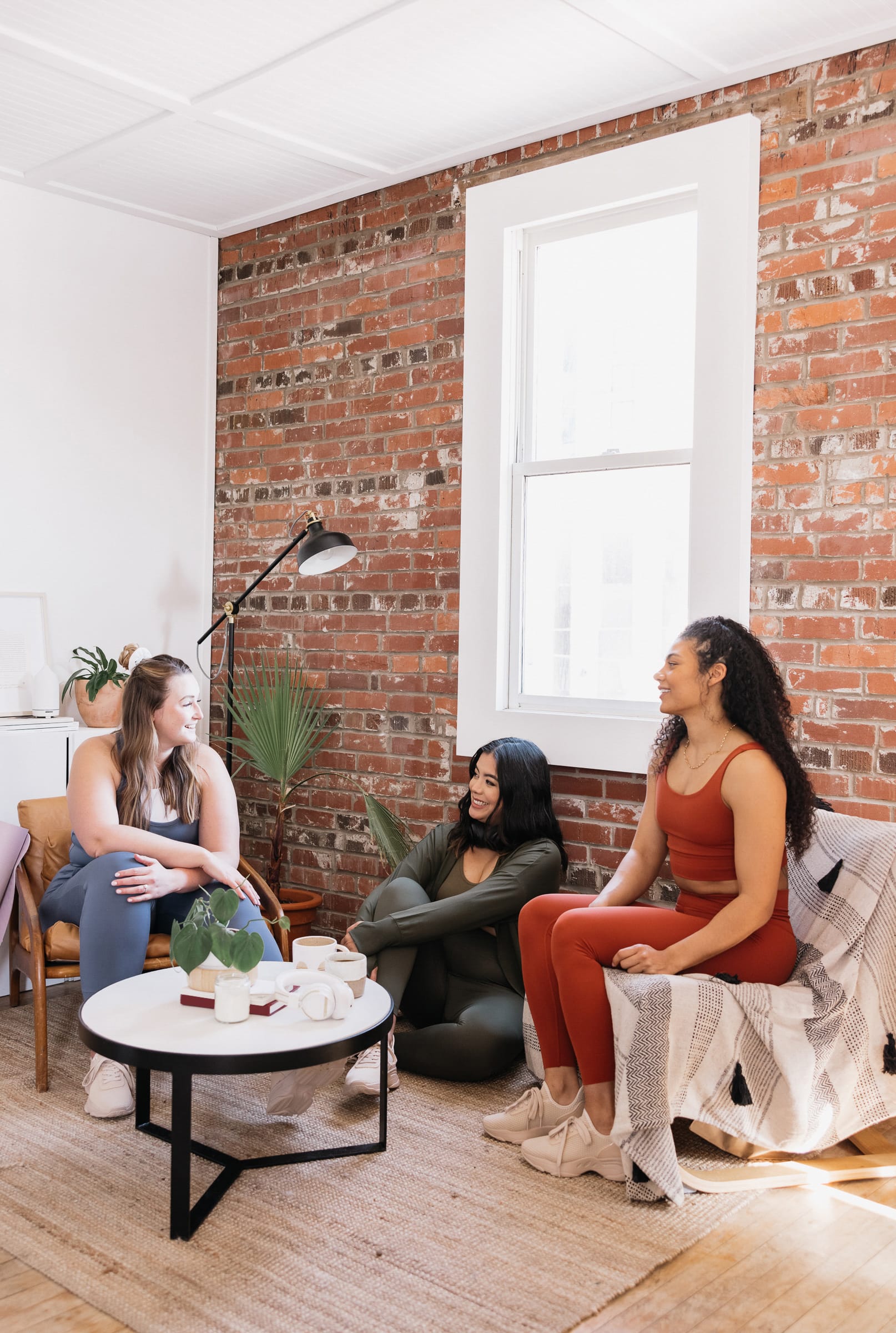Rethinking Posture for Hypermobile Bodies
 Last week I released episode 14 of the Help I’m Hypermobile Podcast and it was all about POSTURE!
Last week I released episode 14 of the Help I’m Hypermobile Podcast and it was all about POSTURE!
Confusion stemming from conflicting (and often injury-inducing) advice around posture is one of the most common issues I have to address with patients in clinic in my work as a UK registered osteopath. Below I’ve outlined all of the most important things that I think every person (hypermobile or not) needs to understand when it comes to body positioning.
What is Posture?
Posture is the way our bodies are positioned when we stand, sit, lie down, or move. It is a fundamental aspect of our daily lives, influencing how we perform activities and how we present ourselves to the world. For people who are hypermobile understanding posture requires a nuanced approach that considers the unique biomechanical challenges that hypermobile connective tissue presents. Posture for people who are hypermobile isn’t just about maintaining alignment; it’s about finding positions that enhance stability without exacerbating joint laxity.
The Myth of Inherently Good or Bad Posture
The idea that certain postures are inherently good and others inherently bad is deeply ingrained in our societal norms. However, this binary view does not hold up under closer scrutiny, especially within the hypermobile community. Clinical studies and biomechanical research have shown that there is no one-size-fits-all posture that guarantees avoidance of pain or enhancement of health. For instance, research published in the AJGP and studies by Mahmoud et al. illustrate that the relationship between posture and pain is not as straightforward as once thought. These findings suggest that posture should be personalised and adaptive, rather than rigid and uniform.
Why Having a Variety of Comfortable Postures is Key
For people who are hypermobile, maintaining a single “ideal” posture for extended periods can lead to discomfort, pain, and increased instability. Their bodies require flexibility and the freedom to adjust posture frequently to distribute mechanical stress and avoid overloading any single joint. Embracing a variety of comfortable postures allows for this necessary adjustment, catering to the unique needs of the hypermobile body in question at any given moment. This approach not only helps manage symptoms of Hypermobile Ehlers-Danlos Syndrome, Hypermobility Spectrum Disorder, and other connective tissue disorders involving hypermobile connective tissue, but also contributes to overall well-being by enhancing blood circulation and reducing muscle fatigue.
Tips for Finding Postures that Work for Your Uniquely Hypermobile Body
Finding effective and comfortable postures when you’re hypermobile involves a combination of self-awareness, experimentation, and professional guidance. Here are some specific strategies to help you manage your posture effectively:
Dynamic Positioning: Avoid prolonged static postures that can exacerbate joint pain or lead to subluxations. Introduce gentle, dynamic movements throughout your day to keep joints and muscles active without over-stressing them. Remember: the best posture is the next posture.

Creating a (Literally) Supportive Environment: Tailor your environment to support your body. Use ergonomic tools such as adjustable chairs, desks, and supportive cushions or pads, particularly in settings where you remain for long periods, like at work or while driving. My home looks like a cross between a gym, a clinic, and a yoga studio because of all the body-positioning kit I have in it (ranging from simply perfectly-shaped cushions to more dedicated supports). Lean into filling your home and other places you spend time with what you NEED. And a tip from the community: Squishmallows (and other stuffed animals) can make very cute body positioning props 🙂
Mindful Movement: Incorporate mindfulness into your movement to enhance body awareness. Taking time to learn to listen to what you’re feeling is hard for everyone, and it’s especially hard for people who are hypermobile. This challenge with literally just feeling what’s going on in your body is often linked to neurodivergence of varying kinds (and in general, neurodivergence is more common in people who are hypermobile). Practices such as yoga or pilates can (and must!!) be modified to suit your needs, helping you develop strength, stability, and overall better body awareness while being mindful of not overextending your joints.
 Professional Collaboration: Although there is a LOT that you can do on your own, sometimes professional help can fast-track your progress (and help you to avoid making mistakes along the way!). Whether you’re seeing a medical doctor, a manual therapist (osetopath/chiropractor/physiotherapist), or another healthcare professional, look for professionals who will take the time to understand you and your uniquely hypermobile body. And pro tip: make sure that you’re supported in developing and understanding a VARIETY of comfortable postures that serve you (instead of being forced to fit a textbook-perfect upright posture that ultimately might not be right for your unique body).
Professional Collaboration: Although there is a LOT that you can do on your own, sometimes professional help can fast-track your progress (and help you to avoid making mistakes along the way!). Whether you’re seeing a medical doctor, a manual therapist (osetopath/chiropractor/physiotherapist), or another healthcare professional, look for professionals who will take the time to understand you and your uniquely hypermobile body. And pro tip: make sure that you’re supported in developing and understanding a VARIETY of comfortable postures that serve you (instead of being forced to fit a textbook-perfect upright posture that ultimately might not be right for your unique body).
Never Stop Learning: The more you learn, the more of an involved participant you can be in your health and wellness. Read and listen to everything (even including things that you disagree with!) as this will give you a more informed position from which to determine what you think makes sense (and what doesn’t!). And as long as you’re being safe and doing everything under the supervision of appropriately qualified healthcare providers, remember that ultimately often finding what works for you will involve at least a bit of trial and error.
Conclusion
Successfully understanding and managing posture for people who are hypermobile is not about following outdated norms but about embracing a flexible, personalised approach. This strategy ensures that your posture management is as dynamic as your hypermobile connective tissue and ultimately an embodiment of working WITH your uniquely hypermobile body instead of against it.
Works Cited
- “AJGP The straight and narrow of posture” (2021).
- Gregorić, P. “Plato’s and Aristotle’s Explanation of Human Posture.”
- Mahmoud, N.F., Hassan, K.A., Abdelmajeed, S.F., Moustafa, I.M. & Silva, A.G., 2019. The relationship between forward head posture and neck pain: a systematic review and meta-analysis. Current Reviews in Musculoskeletal Medicine, 12(4), pp.562-577. Available at: https://doi.org/10.1007/s12178-019-09594-y [07/05/2024].
- Dum, R. P., Levinthal, D. J., & Strick, P. L. (2016). Motor, cognitive, and affective areas of the cerebral cortex influence the adrenal medulla. Proceedings of the National Academy of Sciences of the United States of America, 113(35), 9922–9927.
- Bashir, W., Torio, T., Smith, F., Takahashi, K., & Pope, M. “The Way You Sit Will Never Be the Same! Alterations of Lumbosacral Curvature and Intervertebral Disc Morphology in Normal Subjects in Variable Sitting Positions Using Whole-body Positional MRI.”
